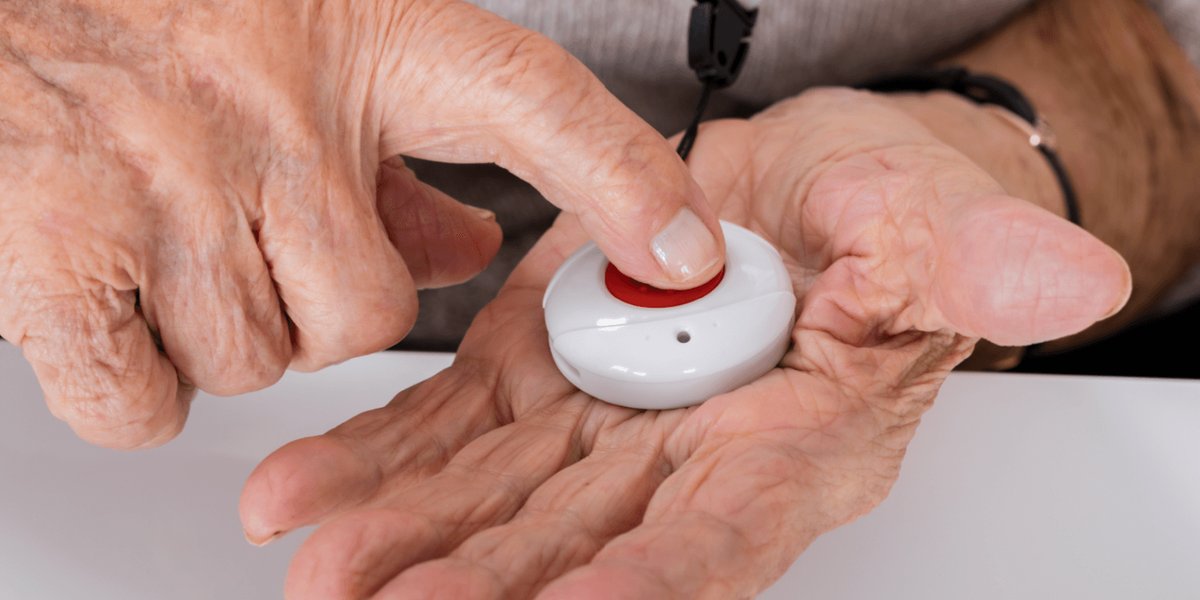Continuous Positive Airway Pressure (CPAP) therapy can be life-changing for those with sleep apnea, improving sleep quality and daytime energy levels. But success depends on getting the most comfortable and personalised setup, especially regarding your CPAP mask. That’s where “card-to-cloud” technology can help.
Understanding Card-to-Cloud Capabilities
New CPAP devices have built-in cellular connectivity to upload your sleep data to the cloud. This allows your equipment supplier and doctor to access and analyse your CPAP usage, breathing patterns, mask fit, and pressure settings. They gain insights to fine-tune your therapy—no need for you to bring in your SD card for manual data downloads.
But card-to-cloud connectivity enables more than just remote performance checks. It also allows real-time changes to device settings for a customised CPAP experience.
Choosing the Right Mask – And Making Adjustments
Getting the most comfortable, leak-free CPAP mask is crucial for therapy success. But finding the perfect match takes some trial and error. Card-to-cloud connectivity lets your provider make subtle prescription tweaks and troubleshoot mask fit issues remotely.
Try a few different mask cushions and frame sizes. Adjustable frames allow providers to incrementally increase or decrease cushion size and adjust the frame angle via the cloud. This means less mask swapping and trips to the equipment supplier to find the ideal fit.
Monitoring Mask Performance From Afar
Once you’ve settled on a mask, your team can monitor its effectiveness via card-to-cloud metrics like leak rates, residual apnea-hypopnea index (AHI), and self-reported comfort levels. If they spot issues, solutions like switching to a different size cushion, adjusting headgear, or adding sealants can be implemented swiftly through the cloud.
Providers may also notice usage trends, like whether you regularly remove your mask at certain sleep stages. Then, customised pressure profiles can be uploaded to make therapy more comfortable when it matters most.
Troubleshooting Air Pressure Changes
CPAP air pressure needs may fluctuate, especially if you gain or lose weight. Card-to-cloud connectivity means your prescriber can spot pressure issues through remote monitoring and instantly adjust settings for comfort.
You may need more pressure due to weight gain, decreasing your airway calibre. Less pressure may be ideal after weight loss or recovery from a cold or flu. Without the cloud, several days could pass before your equipment supplier downloads your data. The remote insight of card-to-cloud allows instant adjustments.
Personalizing Humidity Levels
Insufficient moisture in CPAP air causes dryness and congestion. However, the right humidity setting is personal, based on environmental factors. With the cloud, your team can alter humidity levels remotely to prevent those troublesome CPAP side effects.
You may travel to a new climate and start experiencing nasal congestion. Card-to-cloud allows humidity boosts on the fly without switching out equipment. It also provides ongoing visibility into whether you use humidification regularly and optimally.
Maintaining Your Progress Over Time
CPAP therapy requires ongoing management as your needs change. Card-to-cloud connectivity means you don’t need to remember to bring your equipment in for check-ups. Your provider can monitor compliance, adjust devices, and provide personalised recommendations – no appointment is required.
Think of the cloud as enabling an ongoing CPAP coaching relationship. It makes the mask, pressure, and humidity optimisation process far more efficient, keeping your therapy on track long-term.
Finding Your Unique Comfort Zone
Transitioning to nightly CPAP use involves an adjustment phase. But card-to-cloud technologies provide real-time insights and modification capabilities to help you stay comfortable. Features like mask-fit tracking, remote adjustments, and progress visibility give your provider the tools to personalise settings to your needs. So leverage the cloud and find your unique CPAP comfort zone. The technology is there to help.
Conclusion:
CPAP therapy is highly effective for sleep apnea when patients receive customised support. Card-to-cloud connectivity transforms CPAP machines like the Resmed Autoset 10 into intelligent, self-adjusting devices capable of personalised real-time modifications. This advanced connectivity allows the CPAP unit to gather data on usage, breathing patterns, and treatment efficacy. It then seamlessly uploads this critical information to the cloud, where your equipment provider can access and analyse it remotely.
By leveraging this remote accessibility, your provider gains valuable insights into how your therapy is progressing. They can then dial in optimised adjustments to mask fit, air pressure levels, humidity settings, and more based on your unique needs and comfort preferences. The cloud-connected CPAP unit becomes an extension of your care team, adapting in real time to align your therapy with your changing requirements.





